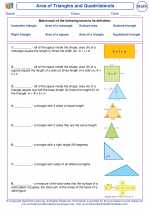Area of Triangles and Quadrilaterals
Introduction
In geometry, the area of a 2D shape refers to the amount of space it occupies. The area of triangles and quadrilaterals can be calculated using specific formulas based on their respective shapes.
Area of Triangles
The formula to calculate the area of a triangle is:
Where the base is the length of the triangle's bottom side, and the height is the perpendicular distance from the base to the opposite vertex.
Example
Calculate the area of a triangle with a base of 6 units and a height of 4 units.
Area = 1/2 * 6 * 4 = 12 square units
Area of Quadrilaterals
The formula for finding the area of a quadrilateral depends on its shape. For rectangles and squares, the formula is:
For other quadrilaterals, such as parallelograms or trapezoids, the formula is:
Area = 1/2 * (sum of parallel sides) * height
Where the height is the perpendicular distance between the two parallel sides.
Example
Calculate the area of a rectangle with a length of 8 units and a width of 5 units.
Area = 8 * 5 = 40 square units
Study Tips
.◂Math Worksheets and Study Guides Sixth Grade. Area of Triangles and Quadrilaterals
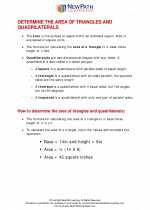
 Activity Lesson
Activity Lesson
 Activity Lesson
Activity Lesson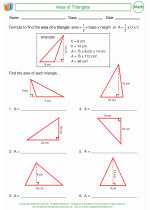
 Worksheet/Answer key
Worksheet/Answer key
 Worksheet/Answer key
Worksheet/Answer key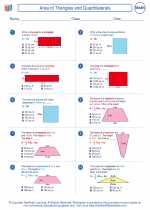
 Worksheet/Answer key
Worksheet/Answer key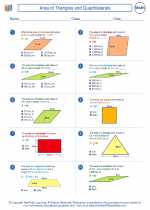
 Worksheet/Answer key
Worksheet/Answer key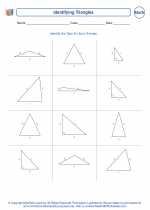
 Worksheet/Answer key
Worksheet/Answer key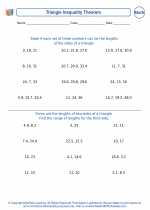
 Worksheet/Answer key
Worksheet/Answer key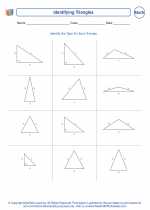
 Worksheet/Answer key
Worksheet/Answer key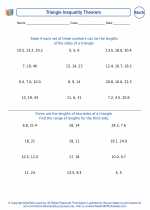
 Vocabulary/Answer key
Vocabulary/Answer key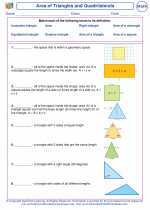
 Vocabulary/Answer key
Vocabulary/Answer key